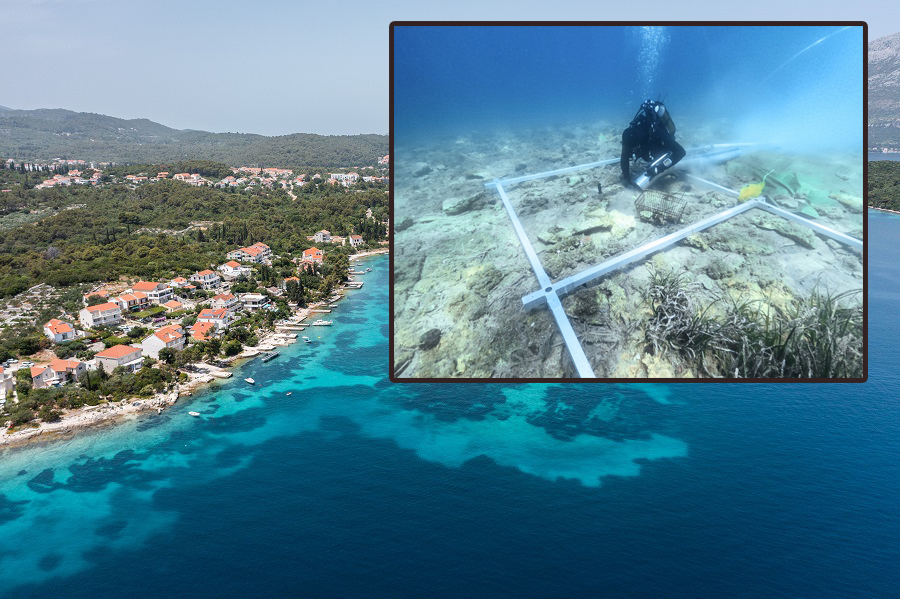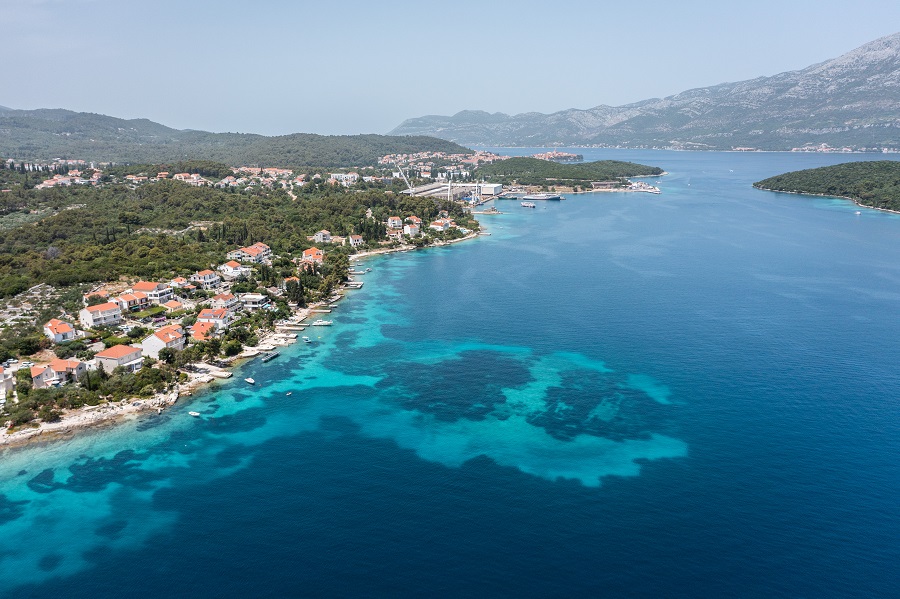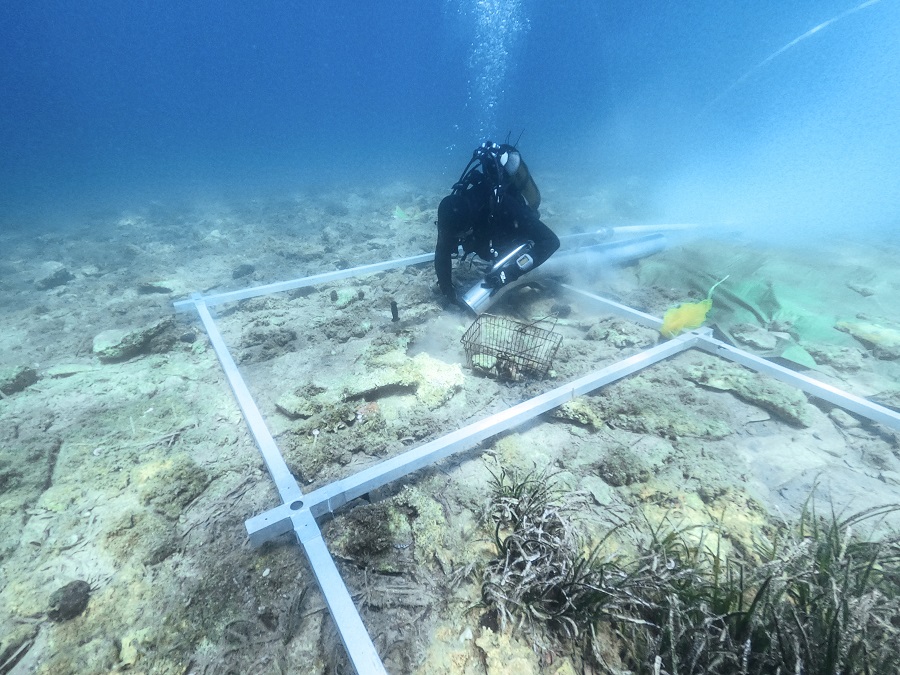LUMBARDA, Croatia – While examining satellite images of Croatia’s coastline, Mate Paricia – an archeologist, a professor at the University of Zadar – noticed something unusual.
“We can see a huge and depthless area on the ocean floor protruded out from the east shore of the island. I thought: maybe it’s natural or maybe not,” said Parica.
Parica and his colleague decided to dive into the site. They believed a Neolithic settlement dating to around 4,500 BC, constructed on an islet connected to the main island by a narrow strip of land.
They discovered the remains of stone walls that had formerly encircled the settlement and tools and other items used by the residents, such as ceramic objects and stone knives.
Marta Kalebota, the Korcula municipal museum’s archaeological collection curator, described the settlement’s position as “very uncommon.”. According to her, researchers are unaware of a similar discovery elsewhere that a settlement from the New Stone Age was constructed on an islet connected by a narrow strip of land.
Parica further stated that discovering an island community was unusual and that Neolithic finds were generally made in caves.
“Unlike most parts of the Great Sea, this area is luckily protected from big thanks to many surrounding islands. It helped save this place from natural destruction.”, he said.



























